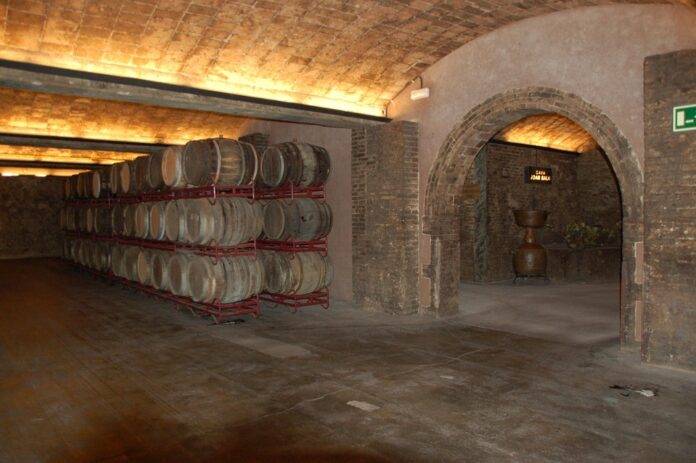Introduction
Alsace wines are renowned for their ability to balance intensity, freshness, and elegance, making them a favorite among wine enthusiasts worldwide. In this report, we will delve into the unique characteristics of Alsace wines, their production process, and how they achieve the perfect balance of flavors. We will also explore the economic impact of the Alsace wine industry and the key players in this competitive market.
The Unique Characteristics of Alsace Wines
Intense Flavors
One of the defining features of Alsace wines is their intense flavors. Due to the region’s cool climate and unique terroir, Alsace wines are known for their vibrant fruit flavors, floral aromas, and mineral notes. The dry Rieslings from Alsace are particularly prized for their intensity and complexity, with flavors ranging from citrus and green apple to peach and apricot.
Freshness and Acidity
Despite their intense flavors, Alsace wines also possess a refreshing acidity that adds brightness and balance to the wines. The cool climate of Alsace allows the grapes to retain their natural acidity, giving the wines a crisp and lively character. This acidity not only enhances the flavors of the wines but also contributes to their aging potential, allowing them to develop complex flavors over time.
Elegance and Finesse
In addition to their intensity and freshness, Alsace wines are celebrated for their elegance and finesse. The wines are often described as being well-balanced, with a harmonious interplay of fruit, acidity, and minerality. This balance of flavors gives Alsace wines a refined and sophisticated quality that sets them apart from wines produced in other regions.
The Production Process of Alsace Wines
The production of Alsace wines follows strict guidelines to ensure the highest quality standards. The grapes used in Alsace wines are primarily white varieties, including Riesling, Gewürztraminer, Pinot Gris, and Muscat. These grapes are hand-harvested to preserve their delicate flavors and then gently pressed to extract the juice.
After the grapes are pressed, the juice is fermented in stainless steel tanks or large oak barrels to preserve the purity of the fruit flavors. Some Alsace wines, particularly Rieslings, may undergo malolactic fermentation to soften their acidity and enhance their complexity. The wines are then aged in the cellar for a period of time to allow them to develop their unique flavors and aromas.
The Economic Impact of the Alsace Wine Industry
The Alsace wine industry plays a significant role in the economy of the region, providing employment for thousands of people and generating substantial revenue. According to industry data, the Alsace wine region produces over 150 million bottles of wine annually, with exports accounting for a significant portion of sales.
The Alsace wine industry is dominated by a few key players, including Domaine Zind-Humbrecht, Domaine Weinbach, and Hugel & Fils. These prestigious wineries are known for their commitment to quality and innovation, producing some of the most sought-after Alsace wines in the market.
In recent years, the Alsace wine industry has faced challenges due to changing consumer preferences and increased competition from other wine regions. However, the industry has adapted by focusing on sustainable practices, introducing new grape varieties, and expanding their export markets to ensure continued growth and success.
Conclusion
In conclusion, Alsace wines are a true testament to the artistry and craftsmanship of winemaking. With their intense flavors, refreshing acidity, and elegant finesse, Alsace wines continue to captivate wine lovers around the world. The economic impact of the Alsace wine industry is substantial, providing employment and revenue for the region. By maintaining their commitment to quality and innovation, Alsace wineries are well-positioned to thrive in an ever-evolving market.




